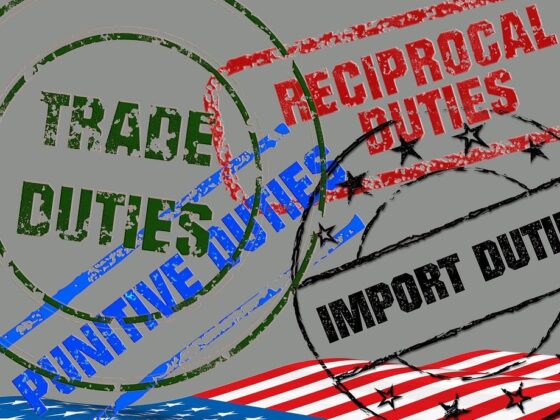The U.S. economy’s jobless recovery has improved over the past few months to a mostly jobless recovery. While most pundits are cautiously optimistic about the employment outlook, employers in many states are still facing increases in unemployment insurance taxes. Yes, you read that right. Unemployment is down and unemployment insurance taxes are going up.
Like you, I have a pretty good idea of how the unemployment insurance system is funded … via taxes that employers pay into a dedicated state account. But what happens when those accounts run dry? Because of our economy’s tepid recovery, ongoing claims for unemployment insurance remain high. In some states, the cash reserves to pay these claims have long since been depleted.
Yet people in these states continue to receive unemployment checks. Where’s the money coming from?
Title XII of the Social Security Act allows states to borrow money from the U.S. Treasury to cover the cost of these claims. Now, however, Uncle Sam wants his money back. If it takes your state longer than two years to make good on its Title XII loan, you can expect an increase in the federal portion of your unemployment insurance tax (FUTA). If your company is located in Indiana, Michigan, or South Carolina you already know what I’m talking about. Plus, some state constitutions require an increase in their SUTA (and other) rates to accelerate repayment of Title XII loan balances.
By my count, 22 states have outstanding balances more than two years old and are facing increased FUTA rates. So, forewarned is forearmed. Keep an eye on your state’s Title XII balance. You can find it at the following DOT website:
http://www.treasurydirect.gov/govt/reports/tfmp/tfmp_advactivitiessched.htm
Payroll Services
PayReel, a payroll service for independent contractors, builds your digital independent contractor community, instantly connecting vendors, contractors, and internal resources to boost productivity and drive operational agility.





